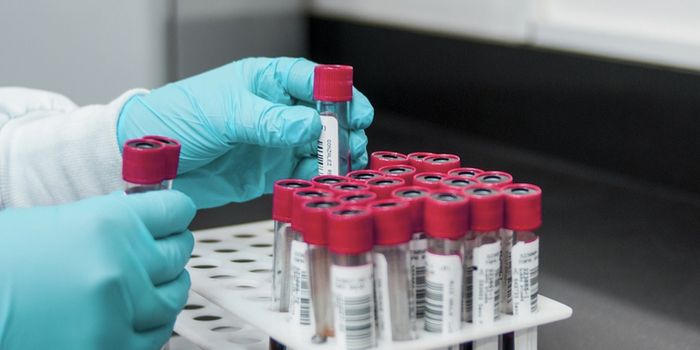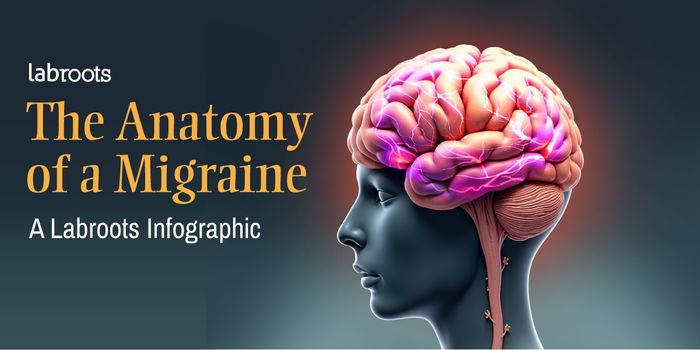Scientists Find a Way to Forecast Epileptic Seizures
Researchers have developed a novel tool to help epilepsy patients predict an imminent seizure. The technology has to undergo further testing, but it may eventually be useful to many patients and improve the quality of life for the millions of people who have to deal with daily uncertainties due to epilepsy. This study has shown that abnormal communication between specific parts of the brain can be an indicator of an oncoming storm of activity in the brain that characterizes seizures. Seizure risk is something that can be forecasted. The work has been reported in Nature Medicine.
"Until now, the changes in brain activity and the sequence of events leading up to a seizure have been largely unknown," said study leader Vikram Rao, MD, PhD, a Distinguished Professor in Neurology at the University of California, San Francisco. "By identifying one of those events, we can offer patients information that can reduce one of the most stressful aspects of epilepsy: the unpredictability of seizures."
Although researchers have long been trying to find ways to predict seizures, the current methods usually collect data over a long period of time, which can create a burden for patients. The results are also not always accurate, and can depend on data quality and the health conditions of the patient. While there are also epilepsy medications, these are useful for every patient.
There are implanted brain activity monitoring machines called RNS devices that can attempt to prevent seizures with electrical stimulation when one seems to be oncoming. But they can be too late.
This study aims to create a method that is more reliable. The researchers recruited a small group of fifteen volunteers with epilepsy, who already had RNS devices that recorded their brain activity.
The work revealed a seizure-linked cycle that lasted for several days, and evidence of shifts in hippocampal communications prior to seizures. The left and right hemispheres of the hippocampus operate normally and independently during times of low seizure risk. But as the risk increases, communications between the two hemispheres start to link and synchronize; a mechanism preventing communication between the hemispheres malfunctions.
The investigators found that it only took 90 seconds of data to reveal a pattern related to the likelihood of a seizure within 24 hours,. The technique was called "snapshot seizure forecasting," and could give patients time to react. They might avoid driving or dealing with major events, or they might opt to have a trusted individual accompany them for certain tasks, for example.
While this study was small, the forecasting method was virtually alike for all fifteen participants.
The study authors suggested that it may also work for others with the same type of epilepsy. Now, the researchers plan to test this approach on many more patients to validate it. They are also interested in developing data collection methods that are not as invasive as brain implants.
Sources: University of California, San Francisco; Nature Medicine









